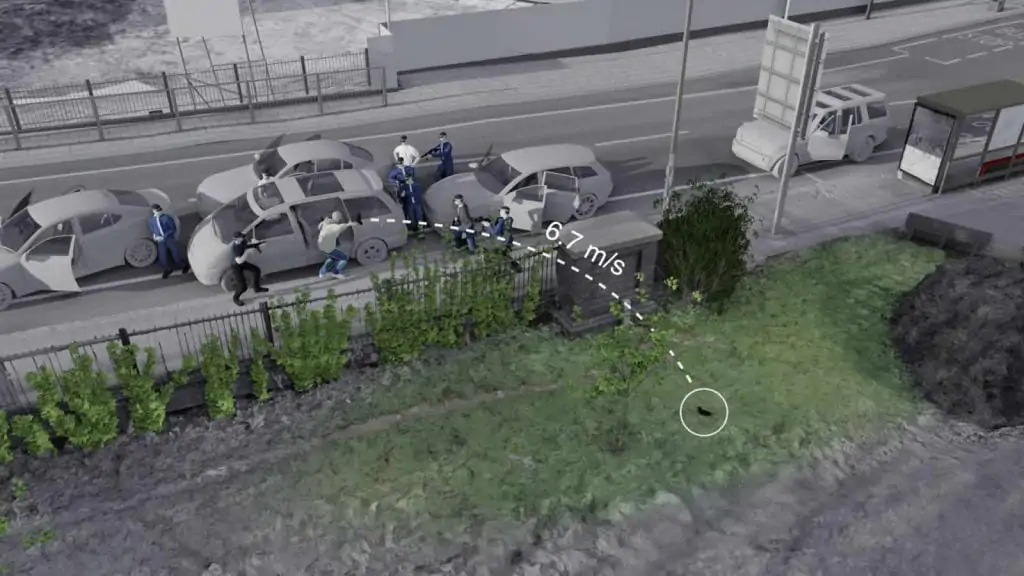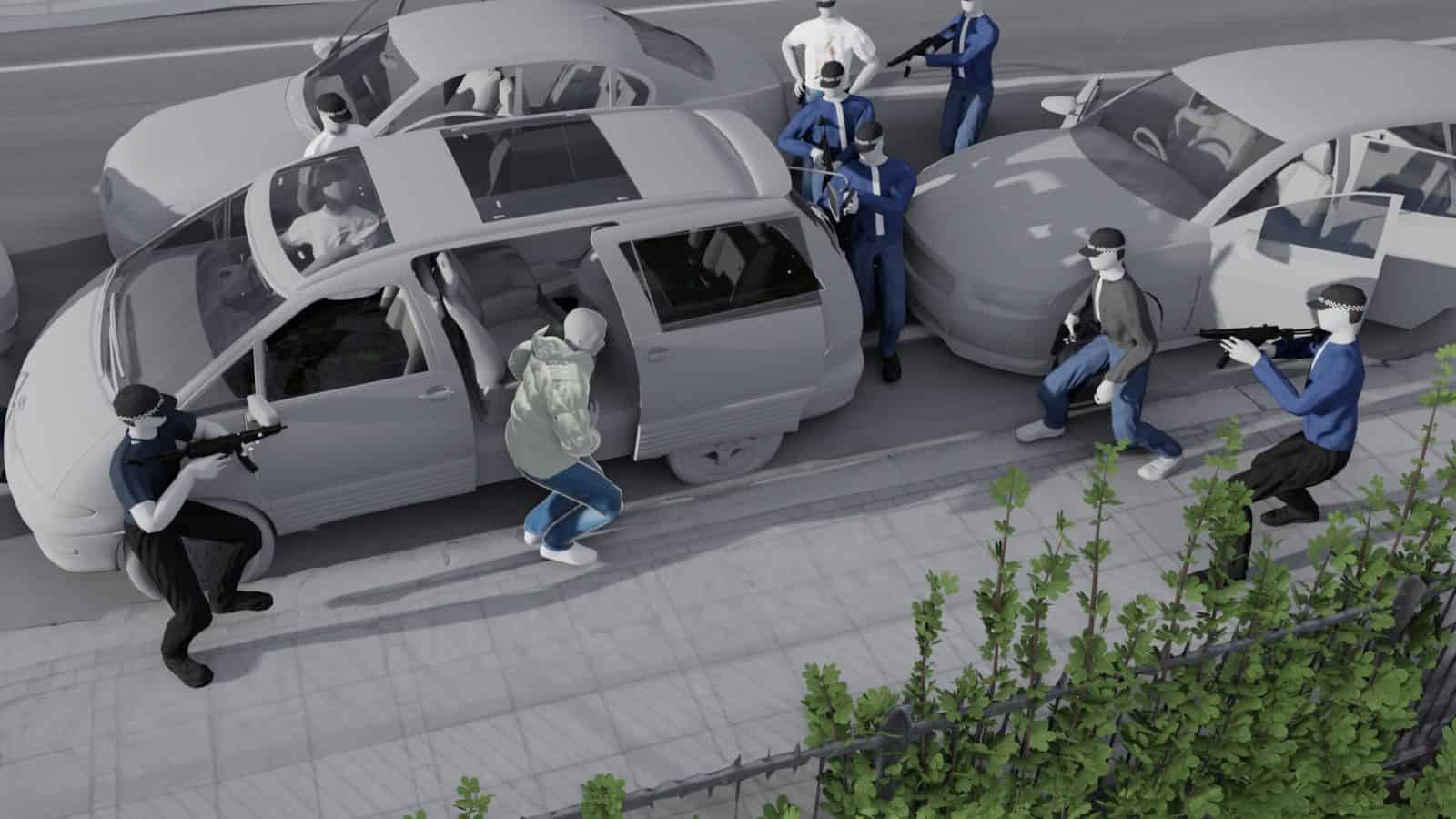Crime TV series are becoming more and more detailed and realistic, but there's an investigative technique you won't see often.
This is forensic architecture. Yet this method will be increasingly used to recreate crimes and incidents in the future of criminology.
In summary: in the future of criminology, techniques using virtual reality and artificial intelligence will play a key role. By reconstructing crime scenes they could become a regular component of police investigative work, especially when there are discrepancies in witness testimony. The technique could also be useful in helping pinpoint liability in cases of missing video footage. While not foolproof, forensic architecture could be a valuable tool in the arsenal of both police forces and citizens' rights groups.
The Mark Duggan case
Recently a forensic research firm called Forensic Architecture provided a glimpse of tomorrow. The agency reconstructed the 29 murder of 2011-year-old Mark Duggan by undercover police officers, an event that sparked violent riots in London.
Using virtual reality reconstruction, the company demonstrated that the official police results of the young man's death lacked several details.
The reconstruction
Duggan was shot by the police after the minicab he was traveling on was forced to stop. Police officers shot Duggan after he got out of the taxi, later claiming he was brandishing a gun.
After his death, a gun wrapped in a sock was found 7 meters from his body. However, no DNA evidence linking the gun to Duggan is ever found. An inquest and subsequent murder investigation conclude that Duggan was shot while he was throwing the gun.

Forensic architecture used witness testimony, expert reports and videos, photographs and hand-drawn plans to construct an animated virtual reality environment of the shooting scene.
The future of criminology: real murder, VR scenario
Forensic Architecture then used this model to test different possible scenarios of what happened. After doing so, the agency concluded that Duggan could not have physically held the gun when he was fatally shot by police. More importantly, it is very unlikely that he could have thrown the gun where it was later found.

The founder of Forensic Architecture Eyal Weizman described the groups' work as a demonstration that “independent civil society groups, equipped with new media technologies, are able to (also) hold the police and their supervisory bodies to account. Forensic architecture will also serve this purpose in the future of criminology. Recent events in the United States and elsewhere show that this is more necessary than ever. “


